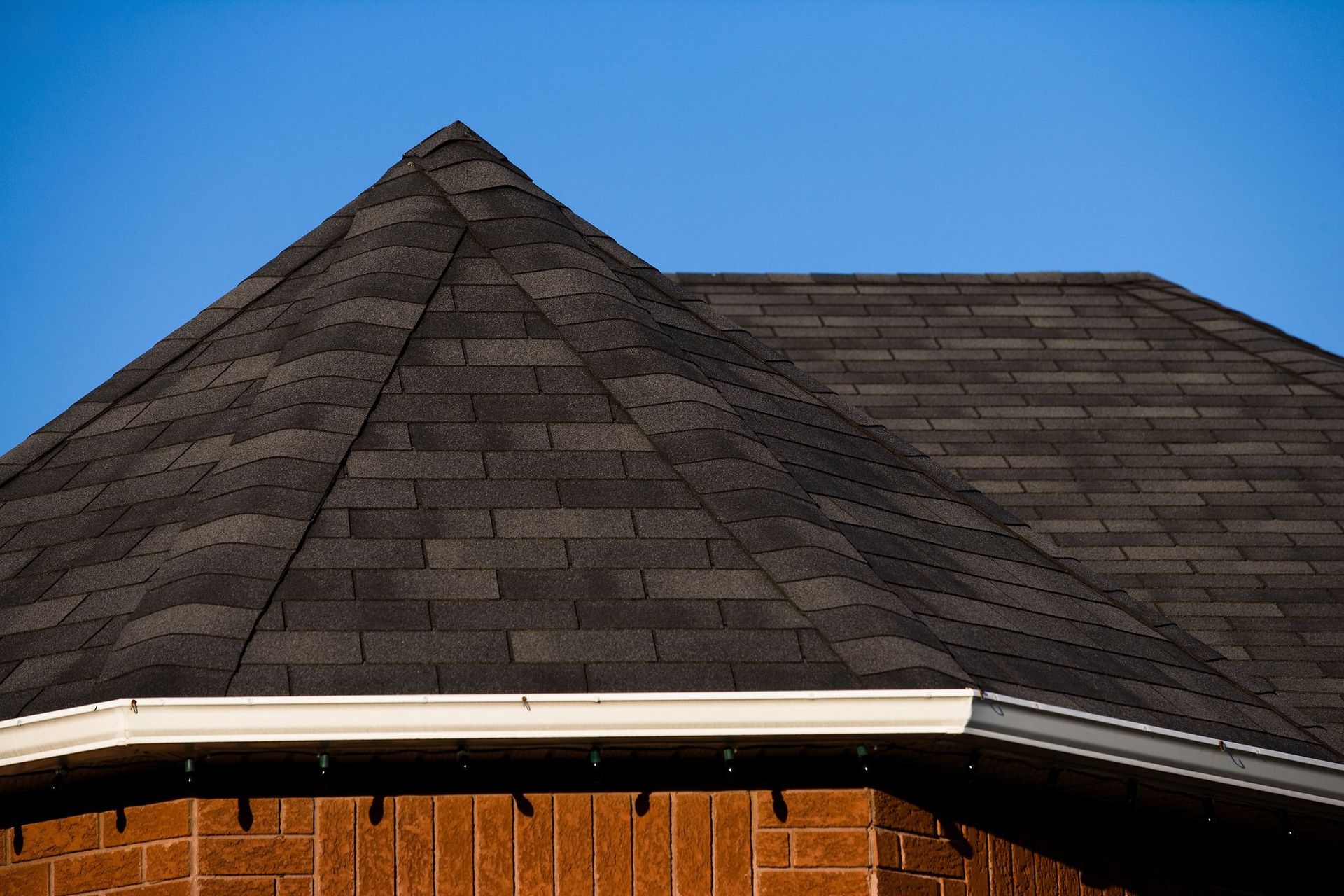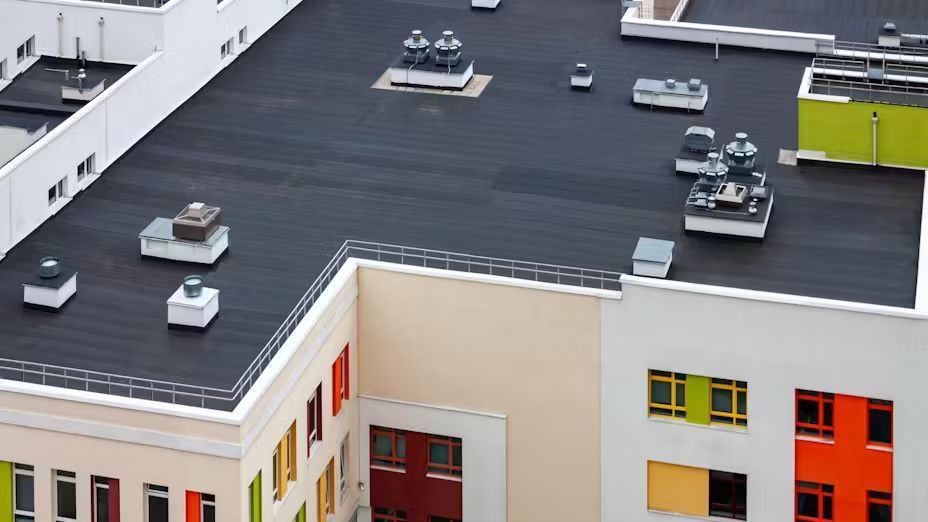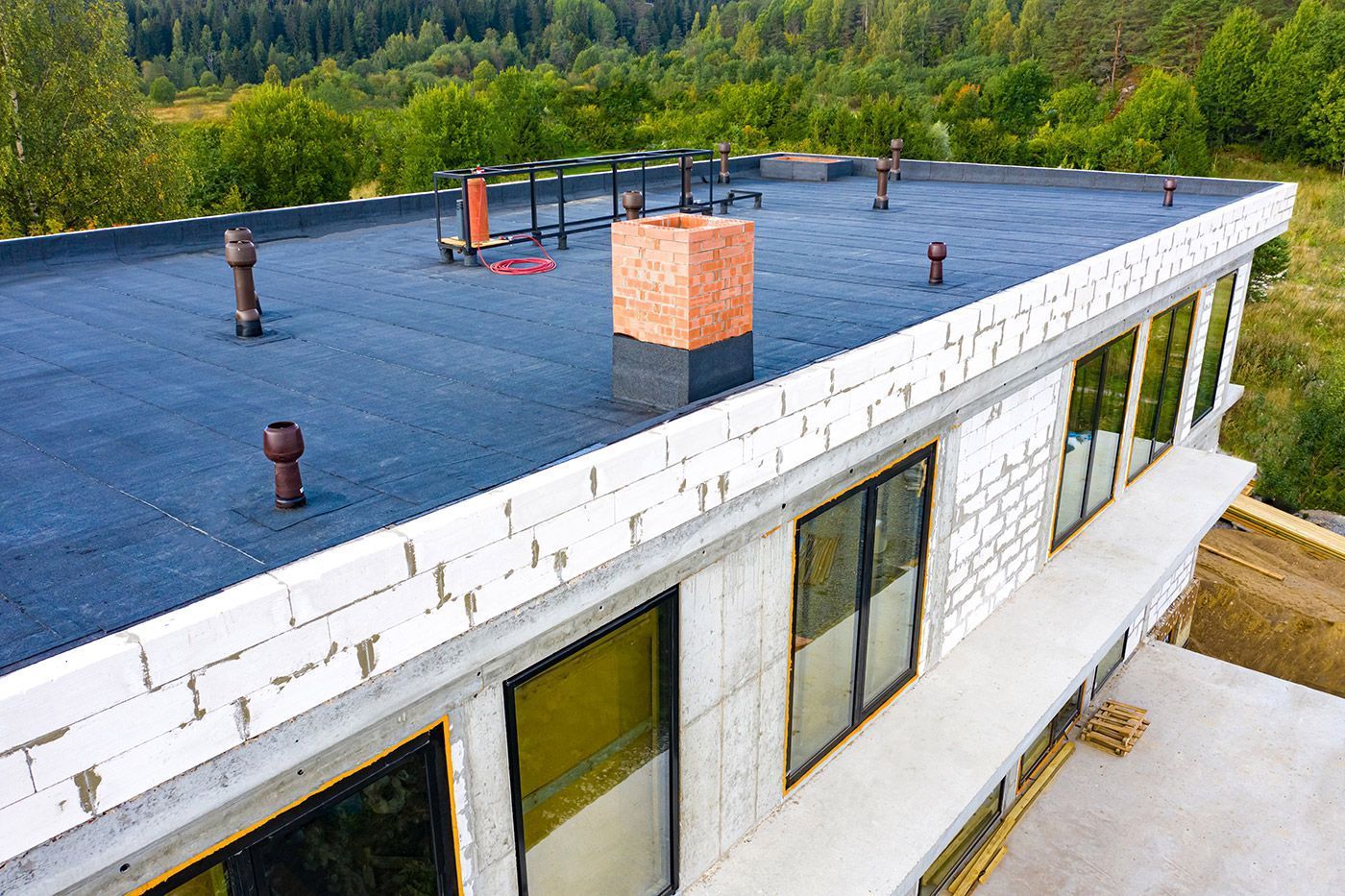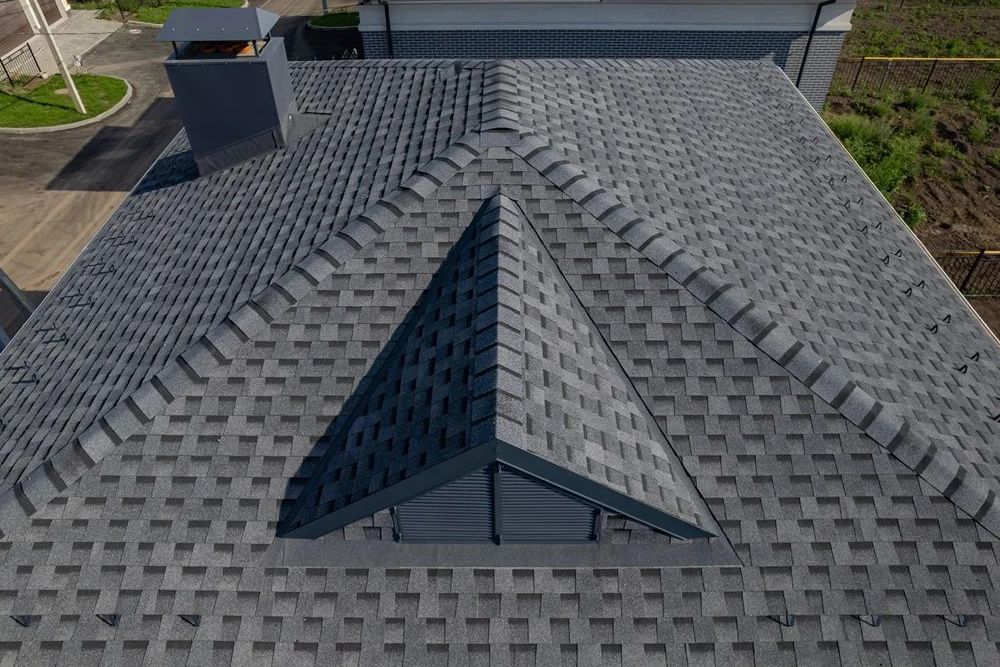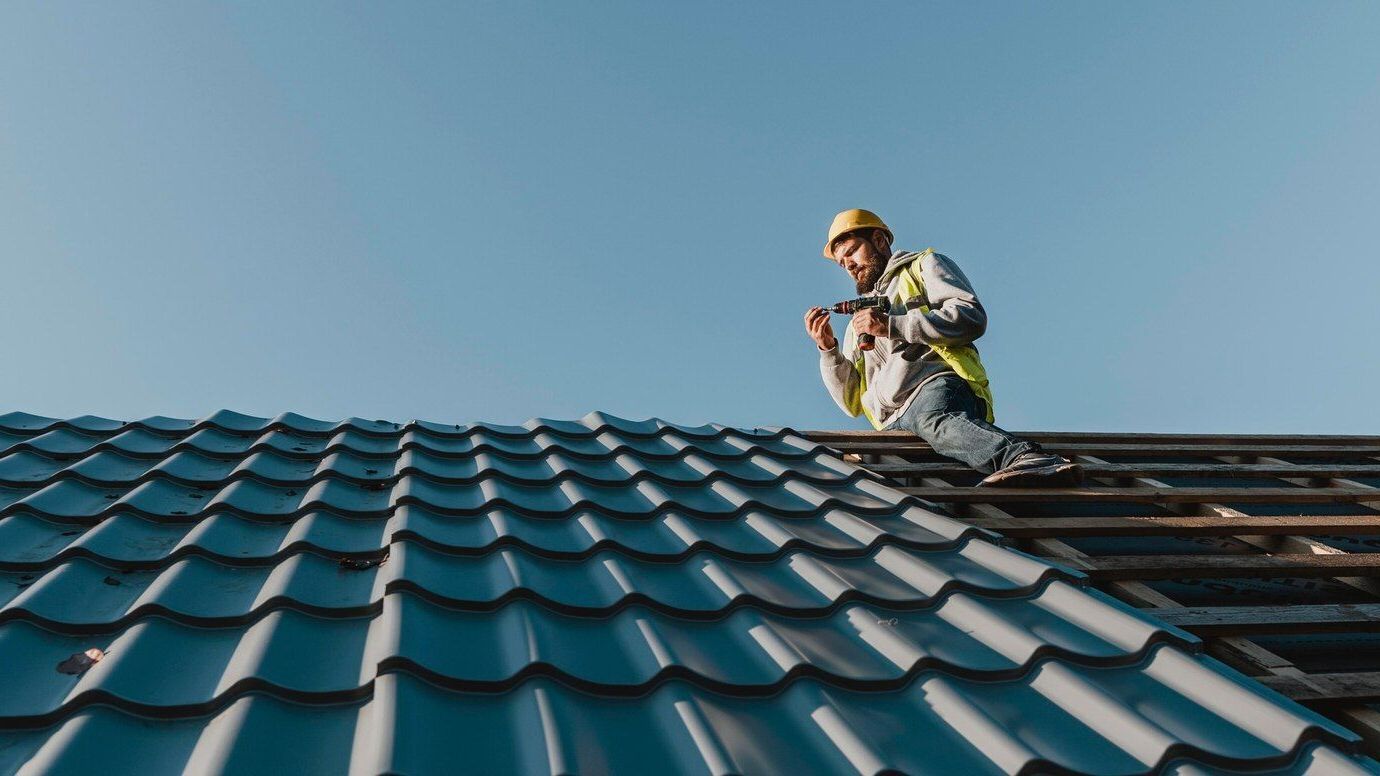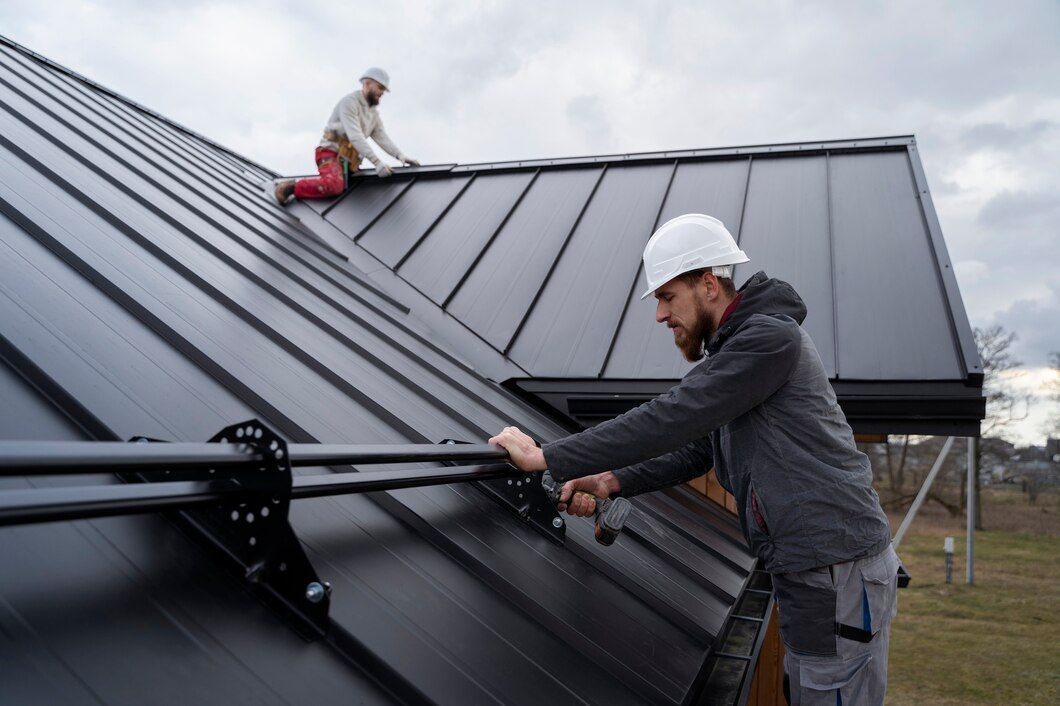Mastering Low-Slope Roofing
Low-slope roofing presents unique challenges that require specialized knowledge and materials. Unlike steep-slope roofs, these designs need careful installation to ensure durability and prevent water accumulation. Their increased susceptibility to pooling and weather-related damage makes proper material selection and installation techniques crucial for long-term performance. Whether you're in need of
leak roof repair or a complete installation, Roof Repair Broken Arrow, OK has the expertise to ensure your low-slope roof stands the test of time.
Selecting the Right Materials: EPDM and Beyond
EPDM Roofing
Ethylene Propylene Diene Monomer (EPDM) is a top choice for low-slope roofs, thanks to its exceptional resistance to UV rays, ozone exposure, and severe weather. Its flexibility and durability make it ideal for areas with extreme climate conditions.
Alternatives to EPDM
Other materials like TPO (Thermoplastic Polyolefin) and PVC (Polyvinyl Chloride) offer additional benefits. TPO is prized for its heat-reflective properties and energy efficiency, while PVC is renowned for its strength and chemical resistance. Both are excellent alternatives depending on the needs of the project.
Addressing Common Low-Slope Roofing Issues
Overcoming Water Pooling
Water pooling is a common challenge for low-slope roofs. Proper installation methods, such as ensuring adequate drainage and proper sloping, are key to preventing standing water. Routine inspections and maintenance help identify issues early, reducing the risk of long-term damage.
Dealing with Weathering and Environmental Impact
Low-slope roofs experience increased exposure to environmental elements. Choosing materials with high resistance to UV rays, extreme temperatures, and harsh weather conditions is vital. Regular maintenance, cleaning, and periodic inspections help extend the roof’s lifespan and enhance its durability.
Case Study: Transforming a Low-Slope Roof in Broken Arrow, OK
Roof Repair Broken Arrow, OK recently completed a significant low-slope roofing project in Broken Arrow, OK. The task involved replacing an old hot tar roof with excessive material buildup. The team efficiently removed the extra weight, repaired the damaged wood, and cleared debris before installing a new EPDM roofing system. This upgrade not only improved the building's appearance but also provided a long-lasting, weather-resistant solution for years to come.
Conclusion
Low-slope roofs require meticulous planning—from choosing the right materials to precise installation and regular maintenance. By focusing on these essential aspects, homeowners and businesses can maximize roof durability and performance. Whether opting for EPDM, TPO, or PVC, professional installation and ongoing upkeep are critical for ensuring a resilient, long-lasting roof that meets structural and environmental needs.
Roof Repair Broken Arrow
specializes in providing expert roofing services to ensure your low-slope roof stands the test of time.
OUR RECENT ARTICLES

